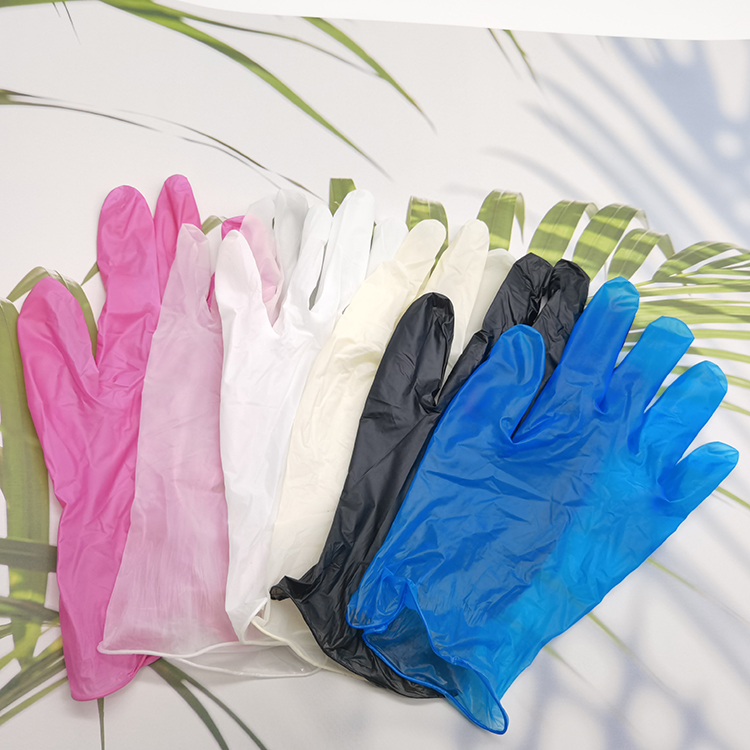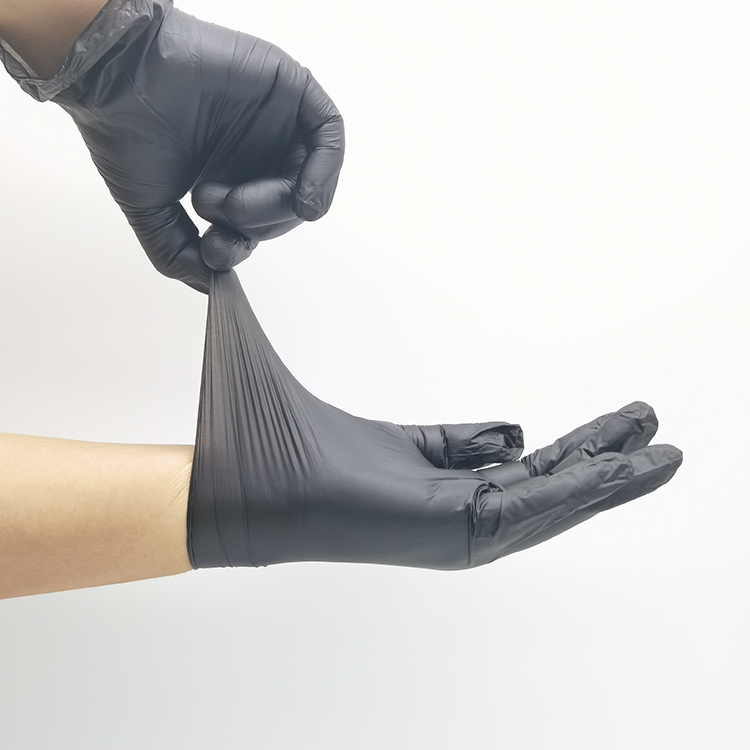Rice black-streaked dwarf disease is a viral disease transmitted by the mediator of Laodelphax striatellus. In recent years, the disease has become more and more serious in various regions. The rate of severe field disease clusters is as high as 50% to 80%, and the reduction in the affected fields is about 60%. First, the symptoms identified: The disease commonly known as "dwarf rice", the main symptoms of this parturition increased, short leaves, stiff, stiff leaves, dark green leaves, leaf veins and stalk on the back of the first wax white, brown after the turn of the tumor Swelling, no heading or spikes, poor fruiting. Symptoms of infection at different growth stages are slightly different. The leaf growth at the seedling stage is slow, and the leaves are short, wide, stiff, and dark green. There are irregular waxy white knobs on the veins and premature death; the onset of new births at the delivery stage is obvious. The main stem and the early tiller were still able to extract short panicles, but the disease was shrunk in the leaf sheath; the jointing stage, the flag leaves were short, the head and neck were shortened, the seed setting rate was low, and there were short lumps on the dorsal and stalks. . Severely, it can cause large areas of "dwarf" and no crops. Second, the occurrence of characteristics: a viral disease. The virus can cause damage to more than 20 host species such as rice, corn, sorghum, and barnyardgrass. The virus can live on the hosts of the grasses and winterize in the rice planthoppers. The planthoppers are the mediators of poisoning. The main transmission is that once the mediator is exposed to the virus and it is poisoned for life, the shortest time for the virus to be picked up by the rice plant is 30 minutes, and the virus can be fully acquired within 1 to 2 days. The survival time of the virus in the rice planthopper is 8 to 35 days. The time of poisoning was only 1 minute. The latent period of rice plants was 14 to 24 days after the virus was inoculated. The incidence of heavy green flooded fields was heavy. The susceptible period of rice was mainly in the paddy field stage, and the susceptible plants were susceptible to 1 to 4 leaf stages before delivery. After being planted in Honda, the symptoms of the diseased plant can be seen within 7 to 10 days, and the diseased dwarf plant has been very eye-catching for 15 days. 3. Remedial measures 1. Remedy requirements: Use the advantages of hybrid rice's own tillering to timely carry out the planting and replanting treatment in severely affected fields, that is, pull out the diseased plants that have appeared in Daejeon, and remove them from the surrounding disease-free rice stalks. Semi- tiller transplanting is used to remove the holes left by the disease cluster (strain), and then quick-appropriate fertilizer is applied to promote the growth of rice seedlings, so as to ensure that the affected plots can still obtain better yield, and the transplanting and transplanting measures will be implemented. Simple and practical, and the effect is obvious. 2. Time of planting and planting: Planting plants have strong time elasticity. After the rice is transplanted within 30 days after treatment, it can still obtain a good harvest, but considering the increase in production, it should be controlled after planting. It is more appropriate to complete the supplementary planting within a day, and no later than 20 days to ensure a higher yield. 3. Notes for post-planting and post-planting (1) Immediately after planting, quick-seeding fertilizer should be applied in order to promote early tillering, multiple tillers, and more spikes; (2) Since the heading time of rice plants is increased after cocoon treatment, The delay in growth period is conducive to the damage of other various pests such as aphids and thin strips in the later period. Therefore, attention must be paid to the occurrence and development of diseases and pests, and prevention and control should be strengthened to ensure the success of remedial measures. After the occurrence of black-streaked dwarf disease in rice, timely removal or step-down of diseased plants, and as soon as possible through the complement of rice plants, make full use of rice's own compensation and adjustment functions, can still reduce the yield loss caused by diseases. Practice has proved that, as an emergency replanting measure, rice planting (cluster) is the most effective agricultural control technology after the occurrence of dwarf disease.
PVC Gloves
Disposable PVC gloves For Housework, factory protection in electronics, chemical industry, aquaculture, glass, food, etc., hospitals, scientific research and other industries; widely used in semiconductor, precision electronic components and instrument installation and operation of sticky metal utensils, high-tech product installation and debugging, Disc drives, composite materials, LCD display tables, circuit board production lines, optical products, laboratories, hospitals, beauty salons and other fields.





PVC gloves with good grip in wet or oily situations, these premium gloves feature a sandpaper finish on double-dipped black PVC. The jersey liner provides support while retaining the flexibility to reduce hand fatigue. They are 18-inches long with a wide cuff that grants protection while remaining easy to put on and take off.
Black PVC is resistant to oils, grease, and chemicals
Jersey liner provides support for glove shape, reducing hand fatigue
Double-dipped for extended wear and abrasion resistance
Sandpaper finish enhances grip in wet or oily situations
18-inch length extends protection up the arm
Gauntlet cuff allows for easy donning and removal plus extra forearm protection
Pvc Gloves,Black Pvc Gloves,Long Pvc Gloves,Polyvinyl Gloves
Jiangsu Asbao Medical Technology Co., Ltd. , https://www.iigloves.com




